In the world of automation and precision control, electrical actuators are indispensable devices that convert electrical energy into mechanical motion. These versatile components play a crucial role in various applications, ranging from industrial machinery and robotics to automotive systems and consumer electronics. Let's delve into the four primary types of electrical actuators that drive modern innovation.
Understanding Electrical Actuators
Electrical actuators are devices that transform electrical signals into mechanical movement. Unlike traditional mechanical systems, electrical actuators offer precise control, faster response times, and adaptability to various control systems. Their efficiency, accuracy, and compact design make them essential components in today's advanced technologies.
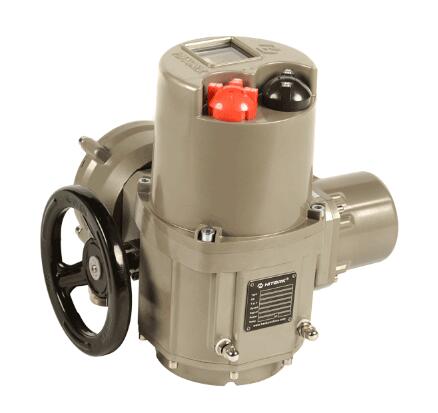
Types of Electrical Actuators
Linear Actuators: Precision in Motion
Linear actuators generate linear (straight-line) motion and are commonly used when controlled movement in a straight path is required. They find applications in robotics, industrial machinery, and even household appliances. Common mechanisms include ball screws, lead screws, and belt drives. Linear actuators are employed in situations where controlled and accurate positioning is essential.
Rotary Actuators: Spinning Innovations
Rotary actuators, as the name suggests, convert electrical energy into rotary (circular) motion. They are ideal for applications requiring continuous or partial rotation, such as steering systems in vehicles, robotic arm joints, and conveyor systems. Rotary actuators come in various configurations, including electric motors and gear-driven mechanisms.
Featured content:Vane Compressors: The Workhorses of Efficient Air CompressionAdvantages of Electric Wheel LoadersThe Laser Cutter Revolution: Transforming Design and ManufacturingBenefits of Using CNC Rolling Machines for Sheet Metal Fabrication
Solenoid Actuators: Electromagnetic Control
Solenoid actuators operate based on electromagnetic principles. When an electrical current flows through a coil, it generates a magnetic field, which moves a plunger or armature. Solenoids are commonly used in applications that require simple on/off actions, such as door locks, valves, and relays. Their rapid response and energy-efficient operation make them valuable tools in control systems.
Piezoelectric Actuators: Small but Powerful
Piezoelectric actuators utilize the piezoelectric effect, where certain materials generate electric charges when mechanically stressed. These actuators offer precise and nanometer-level motion control. They are widely used in fields like microscopy, precision positioning, and optical equipment. Piezoelectric actuators are known for their fast response times and high resolution.
Conclusion
The four types of electrical actuators - linear, rotary, solenoid, and piezoelectric - represent a diverse range of mechanisms that serve various industrial, commercial, and consumer applications. Their ability to convert electrical signals into controlled mechanical motion has transformed industries and paved the way for advancements in automation, precision control, and technology.
In an increasingly interconnected world, the demand for efficient, accurate, and adaptable actuation solutions continues to grow. Whether it's the linear motion of a robotic arm assembling intricate components, the smooth rotation of a vehicle's steering mechanism, the precise opening and closing of valves in industrial processes, or the nanometer-level adjustments in advanced scientific instruments, electrical actuators play an integral role in shaping the landscape of modern engineering.
As technology evolves, so will the capabilities of these actuators. Innovations in materials, design, and control systems will likely lead to even more sophisticated and versatile actuation solutions, further pushing the boundaries of what's possible in various industries. As we continue to explore new frontiers in automation, energy efficiency, and precision control, electrical actuators will remain at the forefront of technological progress. We are an electronic actuator supplier. If you are interested in our products, please contact us now!
Featured content:Introduction to Wheat Flour Milling Plant: A Comprehensive GuideExploring the Distinctions Between Diesel and Petrol ForkliftsUnderstanding the Pricing Factors of Portable Pipe Cutting Machines



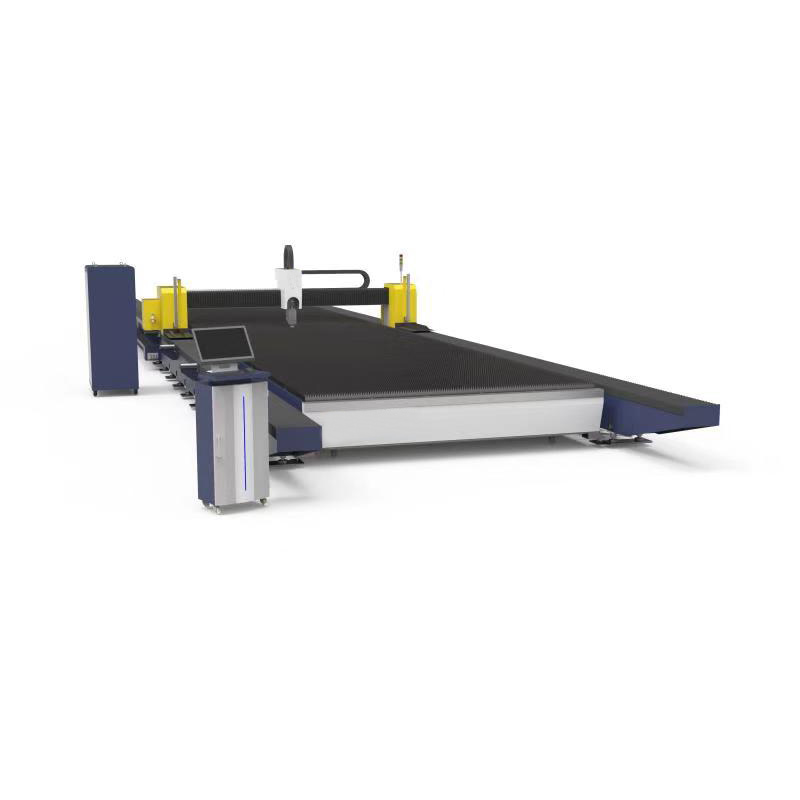
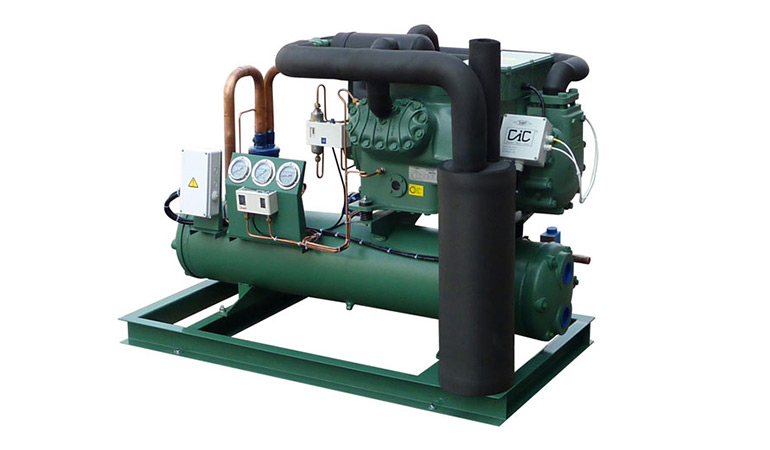
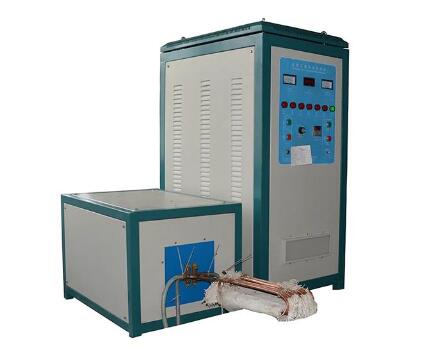
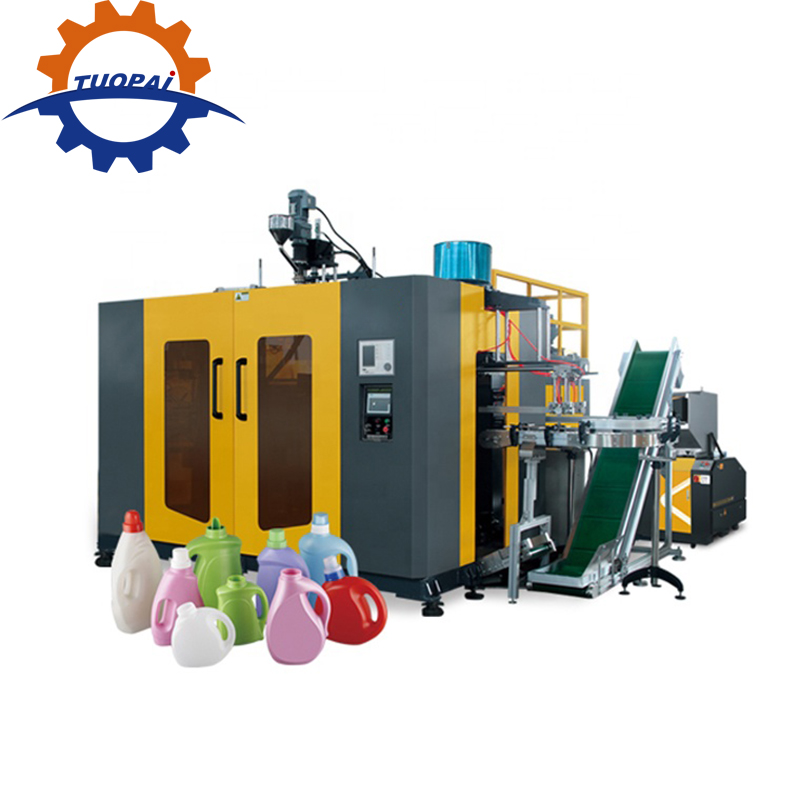
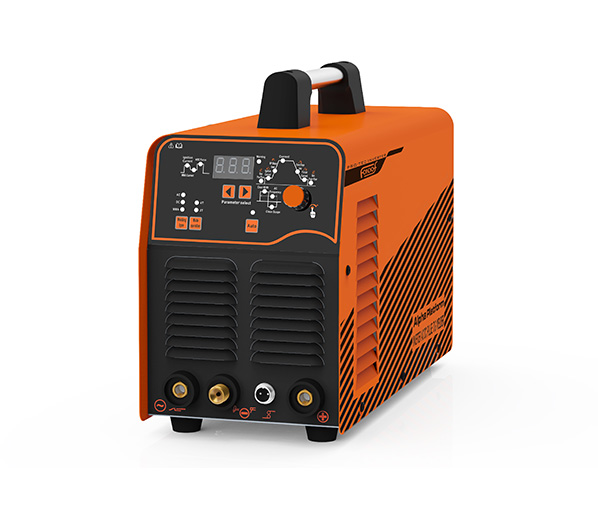
Comments
Please Join Us to post.
0